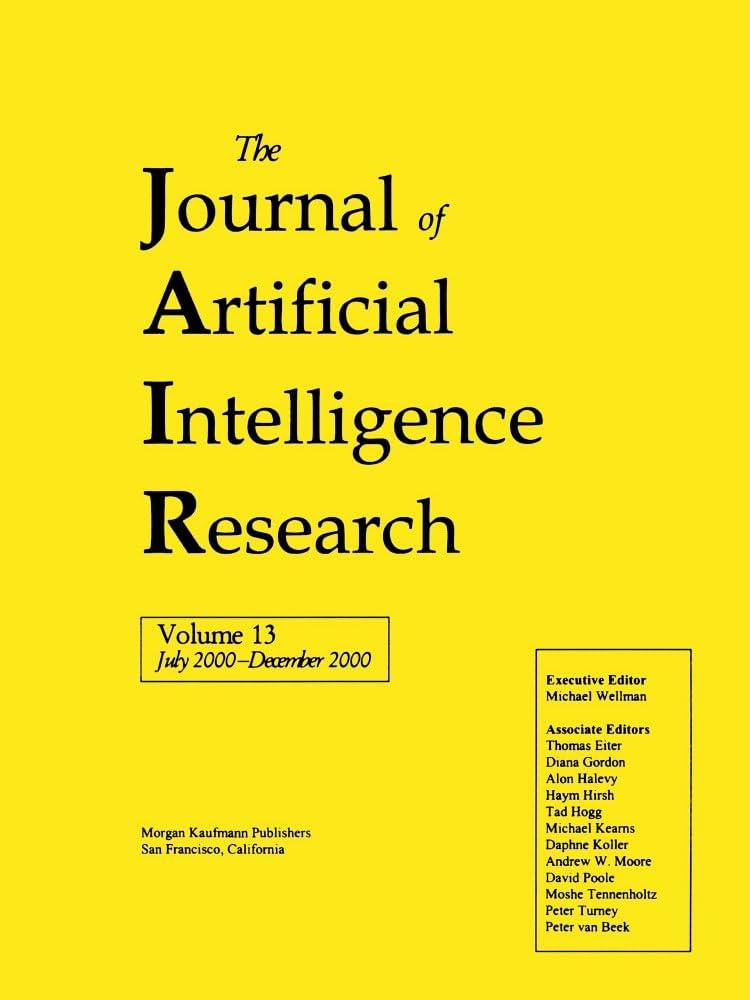Reinforcement Learning from Optimization Proxy for Ride-Hailing Vehicle Relocation
IF 4.5
3区 计算机科学
Q2 COMPUTER SCIENCE, ARTIFICIAL INTELLIGENCE
引用次数: 3
Abstract
Idle vehicle relocation is crucial for addressing demand-supply imbalance that frequently arises in the ride-hailing system. Current mainstream methodologies - optimization and reinforcement learning - suffer from obvious computational drawbacks. Optimization models need to be solved in real-time and often trade off model fidelity (hence quality of solutions) for computational efficiency. Reinforcement learning is expensive to train and often struggles to achieve coordination among a large fleet. This paper designs a hybrid approach that leverages the strengths of the two while overcoming their drawbacks. Specifically, it trains an optimization proxy, i.e., a machine-learning model that approximates an optimization model, and then refines the proxy with reinforcement learning. This Reinforcement Learning from Optimization Proxy (RLOP) approach is computationally efficient to train and deploy, and achieves better results than RL or optimization alone. Numerical experiments on the New York City dataset show that the RLOP approach reduces both the relocation costs and computation time significantly compared to the optimization model, while pure reinforcement learning fails to converge due to computational complexity.基于优化代理的网约车重新定位强化学习
闲置车辆的重新安置对于解决网约车系统中经常出现的供需失衡问题至关重要。目前的主流方法——优化和强化学习——在计算上存在明显的缺陷。优化模型需要实时求解,并且经常为了计算效率而牺牲模型保真度(即解的质量)。强化学习的训练成本很高,而且常常难以实现大型机群之间的协调。本文设计了一种混合方法,利用两者的优势,同时克服它们的缺点。具体来说,它训练一个优化代理,即一个近似于优化模型的机器学习模型,然后用强化学习来改进代理。这种基于优化代理的强化学习(RLOP)方法在训练和部署方面具有计算效率,并且比单独的强化学习或优化获得更好的结果。在纽约市数据集上的数值实验表明,与优化模型相比,RLOP方法显著降低了迁移成本和计算时间,而单纯的强化学习由于计算复杂度而无法收敛。
本文章由计算机程序翻译,如有差异,请以英文原文为准。
求助全文
约1分钟内获得全文
求助全文
来源期刊

Journal of Artificial Intelligence Research
工程技术-计算机:人工智能
CiteScore
9.60
自引率
4.00%
发文量
98
审稿时长
4 months
期刊介绍:
JAIR(ISSN 1076 - 9757) covers all areas of artificial intelligence (AI), publishing refereed research articles, survey articles, and technical notes. Established in 1993 as one of the first electronic scientific journals, JAIR is indexed by INSPEC, Science Citation Index, and MathSciNet. JAIR reviews papers within approximately three months of submission and publishes accepted articles on the internet immediately upon receiving the final versions. JAIR articles are published for free distribution on the internet by the AI Access Foundation, and for purchase in bound volumes by AAAI Press.
 求助内容:
求助内容: 应助结果提醒方式:
应助结果提醒方式:


